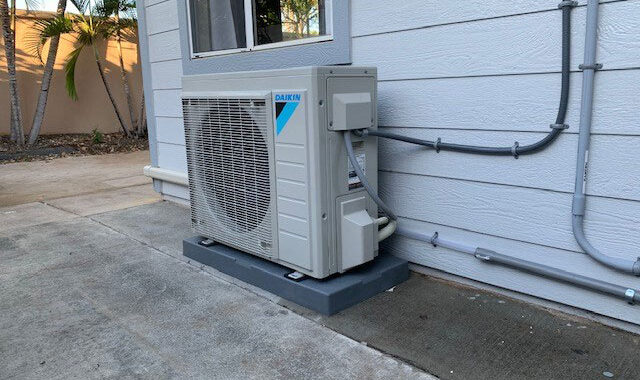Data processing technologies in E-commerce

Not only do retailers use the classic ERP and CRM systems, but they also use more advanced technology solutions on online platforms. In particular, for the control of trade turnover.
Software is used to automate warehouse management, analytical models that explore consumer demand. Many hardware-software complexes are capable to scale up to satisfy requirements of growing business.
Among the software solutions in demand in the field of e-commerce:
- advertising platforms. Social networks and search engines provide the main traffic flow. On their basis the tools of marketing analytics, studying of behavioral strategy of buyers work. As a result, the seller can optimize costs;
- Specialized applications (including web-solutions), providing conversion of incoming traffic into sales. These include the Hybris system, services serving several sales channels (online platforms, affiliate programs, regular retail, call-centers, etc.);
- Web applications that improve user experience. The interface speed, thoughtful presentation of the existing product range, correct use of marketing tools are important;
- analytical OLAP-systems. Interactive processing of incoming information allows you to identify key patterns and bring business processes in line with current conditions. Also, based on the results of the analysis, the traffic is segmentation by return, social, economic and other characteristics;
- tools for mass emails attracting the client’s attention;
- methods of customer personalization.
Even with such a schematic description of the structure of the software platform for e-commerce, the scope of the tasks and the amount of computing power required to solve them become obvious. It is extremely important that each software component works as fast as possible.
Small and medium businesses face almost no such difficulties. They have at their disposal an arsenal of IT-systems enough to serve a relatively small amount of data. Also, the need for scaling arises due to the consolidation of the business in the field of online retail. New players are emerging, using new information processing technologies to increase the customer base.
The concept of big data becomes key for large-scale projects. And we are talking, first of all, not about the volume of information, but about the speed of their processing, which depends on the optimization of each component of the IT infrastructure. Removal of bottlenecks in their work allows the management to react quickly to changes in the external environment and make timely decisions.
Volume or speed?
The database is a single source of information for a large number of simultaneous applications. Accordingly, the performance of the infrastructure as a whole depends on the database operation speed. The speed of executing queries to the database depends on its structure and algorithms involved. In turn, the database optimization can be carried out in two directions.
- Increase in throughput. Possibility of simultaneous servicing of a large number of client programs.
- Reduced response rate. Development occurs when the speed of data acquisition becomes critical.
For online trading the response time is an important parameter, as it determines the speed of loading the site in the user’s browser. It is not easy to achieve small response values, because it is affected not only by the degree of optimization of software components.
But also by the stability of the Internet connection, which can not be influenced. If the buyer encountered a slowly operating online store site, can not comfortably move through the catalog, studying the range of products, then with a high degree of probability he will go to another trading floor.
Possible solutions to the long-term response problem:
- Additional optimization of the software modules involved, development of new algorithms;
- Horizontal scaling of the computing system, distribution of incoming requests across a cluster of several servers;
- Caching of frequently requested information in RAM.

Personalization of the user
We can only sacrifice the speed of response in one way – to ensure your personalization. If the store offers a wide range of products for different categories of customers, the search engine output algorithm should be changed accordingly.
The purpose of the adaptation is to create an environment in which the customer will see in the recommendations only those products that are potentially of interest.
Difference between hybrid solutions and in-memory systems
In recent years, in-memory solutions have been actively implemented in online retail. They are united by the distributed principle of organization and use of the RAM for data storage – the fastest memory.
Compared to traditional disk storages, the in-memory architecture provides for a higher speed of information processing. Besides, the possibility of horizontal scaling allows adapting the system to the needs of any business.
However, there were some drawbacks. For maintenance of such systems, qualified employees with experience in working with highly specialized software are required. Also do not forget about the high cost of RAM. In general, in-memory solutions can be recommended only in those cases when the speed characteristics of the data warehouse are critical and the company’s profit directly depends on them.
Cost of in-memory systems implementation
Due to the complexity of deploying such systems, their implementation should be entrusted to a vendor specializing in a particular software product. He or she will also provide consulting services that allow you to do so:
- Choose a system that best meets the needs of the customer and his business processes;
- reduce risks arising after implementation of a new solution; provide technical support during system operation. As for the cost of the system, it is necessary to take into account the following expenses: purchase of software licenses; cost of the set of equipment necessary for creation of IT-infrastructure;
- Cost of vendor services.
The final price may vary from a few hundred thousand to hundreds of millions of rubles. It is affected by the volume of stored information, complexity of functions implementation for specific business processes, peculiarities of the selected product, in particular, ease of scaling.
The decision to deploy a hybrid or in-memory-system should be made based on the results of the analysis of the existing infrastructure operability. This task can be assigned to a specialist of the company or an analyst invited from outside.
It is necessary to find out whether the additional revenue received as a result of modernization compensates the costs of its implementation. The answer to this question can be given only by a specialist who knows the business part and has a deep knowledge in the technological field.


 The Psychology of Branding
The Psychology of Branding  Nosboss Cream Chargers for Melbourne Customers
Nosboss Cream Chargers for Melbourne Customers  How to Use Your Air Conditioner
How to Use Your Air Conditioner  Yemeni Language in Preserving Cultural Heritage
Yemeni Language in Preserving Cultural Heritage